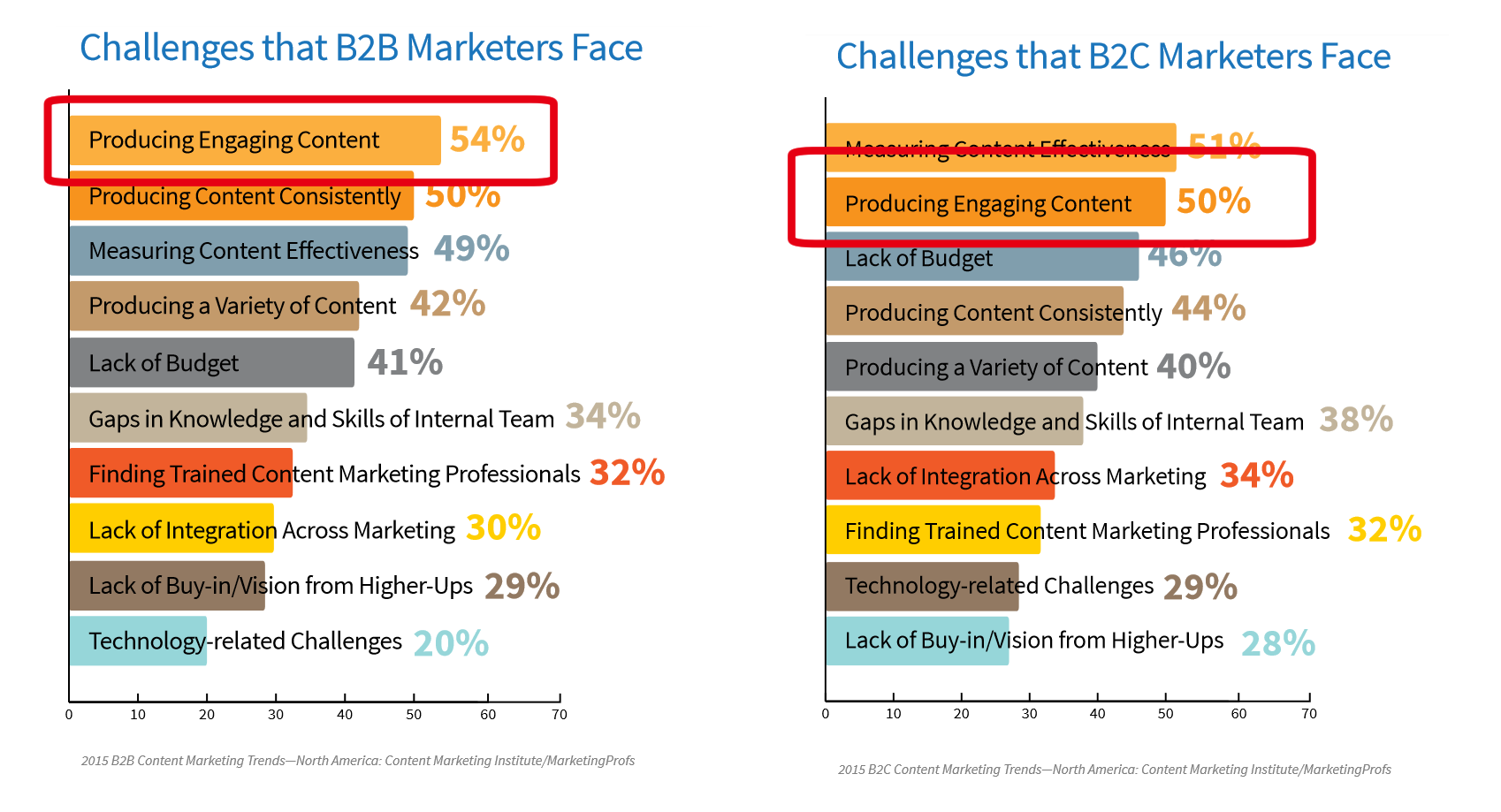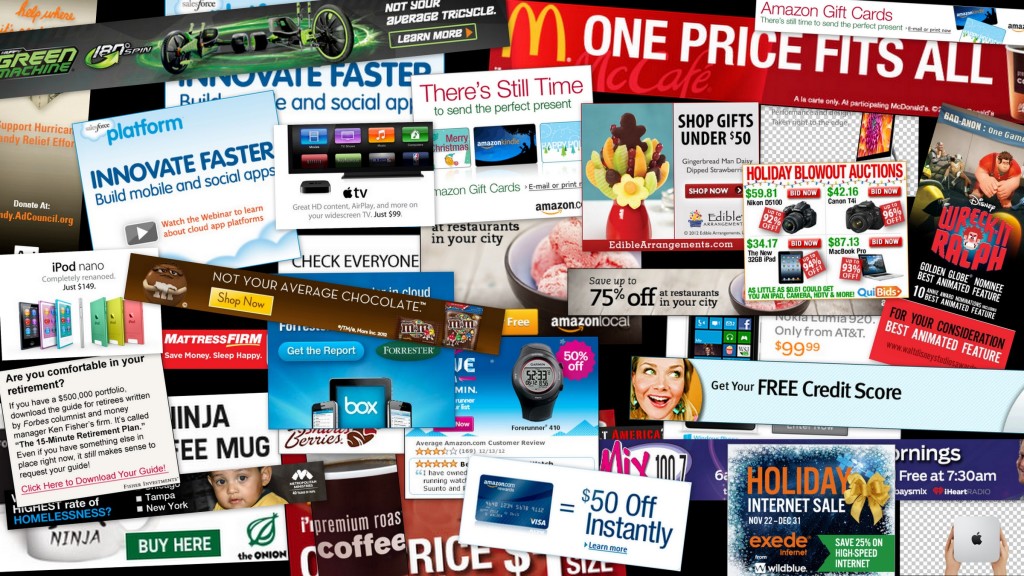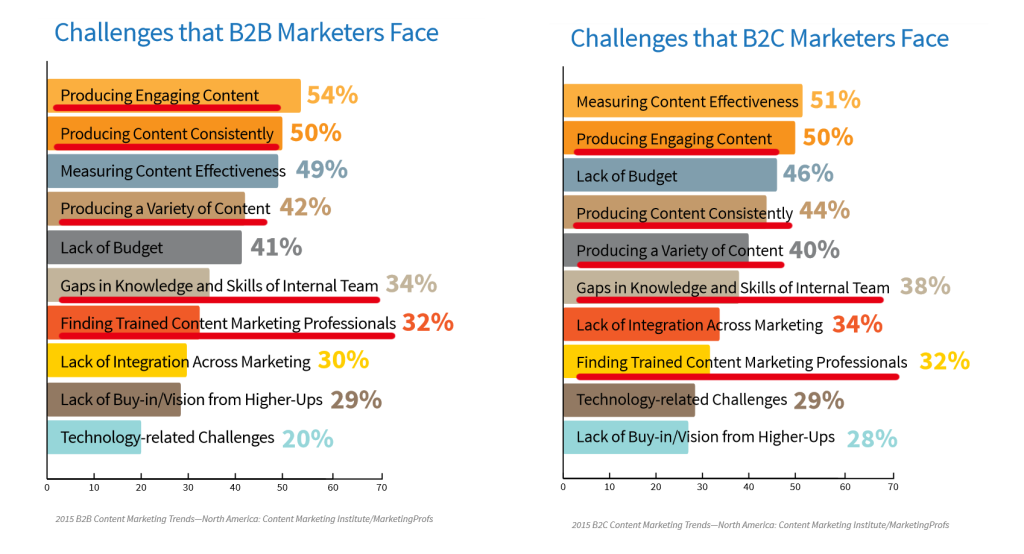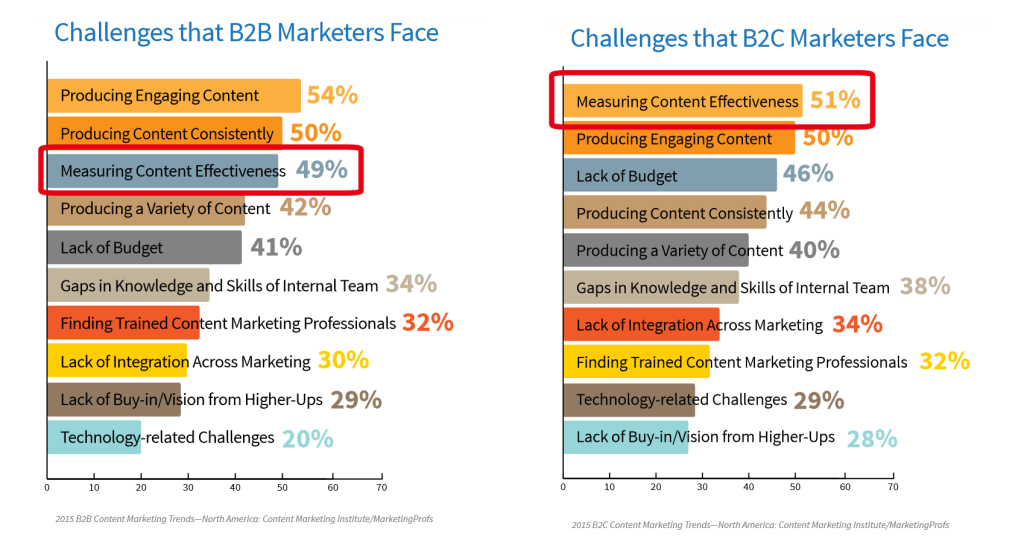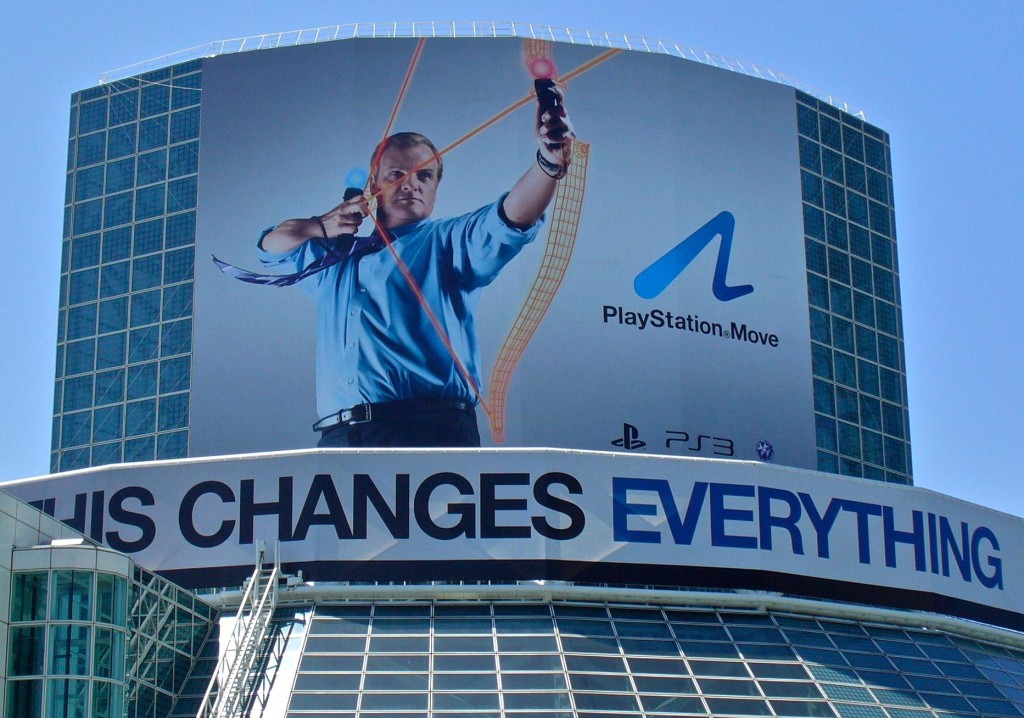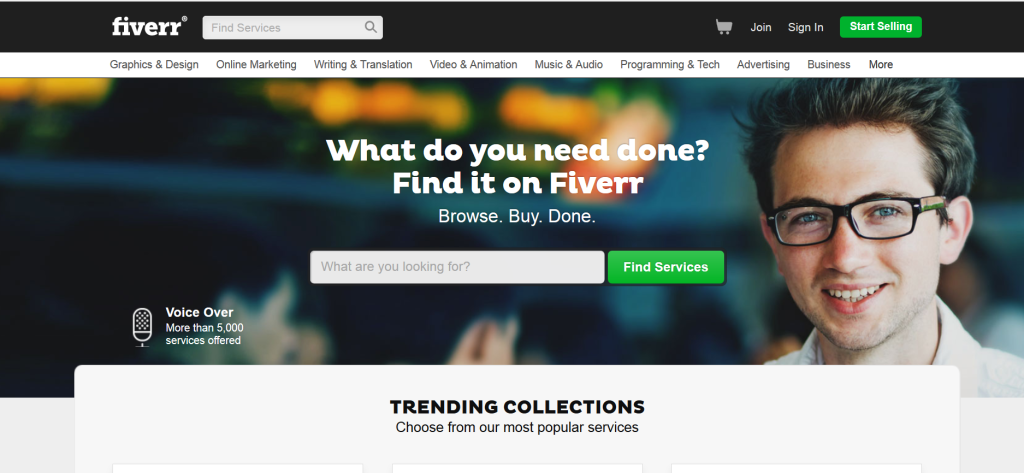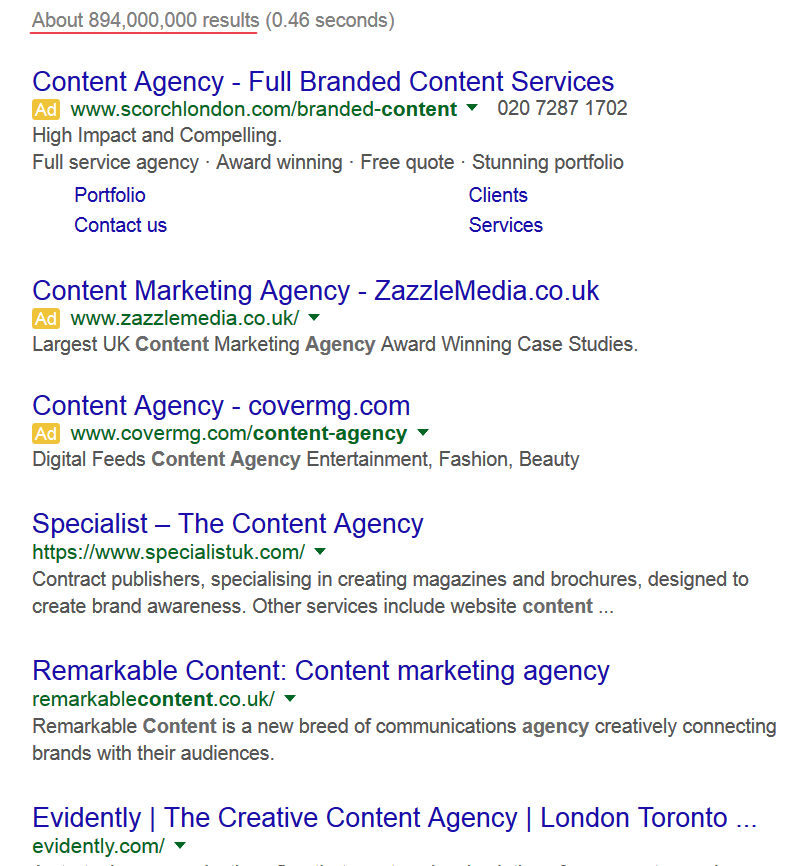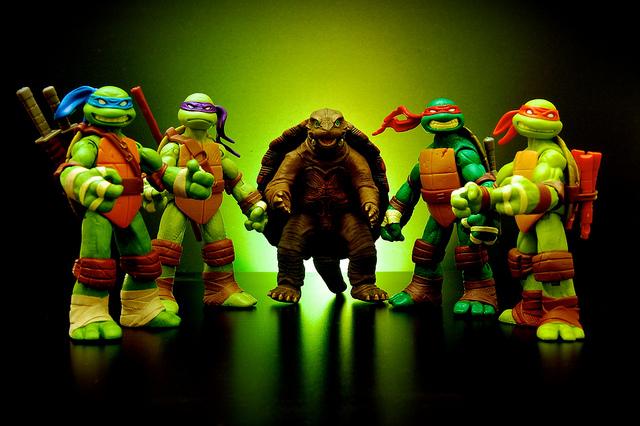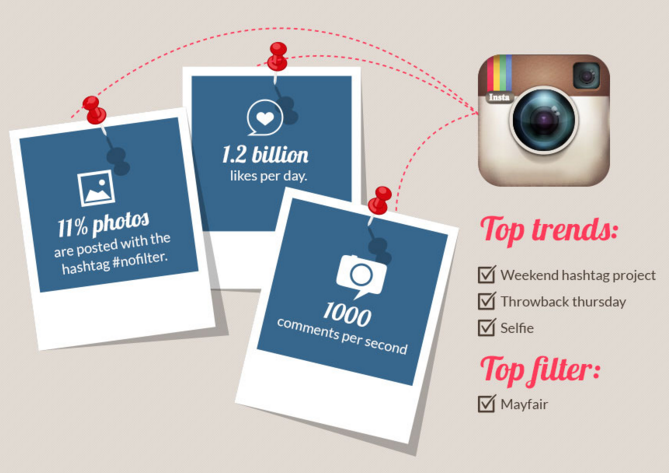Does your blog have enough quality content?
There’s a good chance it doesn’t.
Don’t worry, you’re not alone. According to the Content Marketing Institute, over 50% of marketers say that the biggest challenge they face is creating enough engaging content.
It’s no secret that content marketing can work wonders for pretty much any business.
If you have any doubt about how valuable good content is, bear in mind that 98% of all B2B marketers are using content marketing as a central element of their marketing strategy.
This makes sense – after all, internet users are becoming increasingly savvy at spotting traditional advertisements.
It’s bizarre now to think that early internet ad banners enjoyed a click through rate of 50-90%.
That statistic’s laughable compared to more modern rates of around 0.06% – and half of those clicks are accidental.
It’s a little harder to prove the direct effectiveness of content marketing, but considering that over 25% of marketers spend over half their budget on content, it’s pretty clear that smart businesses shouldn’t be skimping on their blogs and other media.
Not Enough Time, Too Much Effort
The big problem with content marketing, though, comes in the generation of the content itself.
Going back to the Content Marketing Institute’s graph, most of the problems that marketers struggle with are related to content generation.
Producing engaging content takes time. Finding that time regularly enough to produce consistent content can be difficult, especially when you consider the other demands on your time.
It’s also a challenge to provide a variety of content types, and often, in-house teams simply don’t have the skills they need to tackle the kinds of content generation your company needs.
Considering the time and effort involved in creating decent content, it’s no wonder 17% of marketers are getting their content made by someone else.
Learning to Communicate
Unfortunately, even the process of finding skilled content marketers can be a hassle.
Often, one of the biggest challenges faced by marketing teams in outsourcing their work is clear communication with outside contractors.
When things go wrong, they can lead to big mistakes, causing a company to lose face and costing the business in terms of lost sales.
Do these struggles ring true to your experience? If so, this fifteen-point checklist will help you find the perfect third party content creators, which – in turn – will help you get the most out of your content and boost your company’s online profile:
Step #1: Take Aim
You obviously know where your business is headed.
If you’ve ever taken a road trip, though, you’ll know how easy it is to get sidetracked or lost.
For that reason, it’s important to set clear goals for your content.
Are you going to increase sales? Build your brand’s reputation? These are common goals that marketers use, but they’re not the easiest to quantify, and that can make it difficult to see how well your content is working.
Remember this graph?
Aside from content creation, the biggest challenge that marketers face is measuring the effectiveness of their content.
For this reason, you’d better have some clear numerical goals in place to share with your content creators – and you’d better have these set before you bring others into your content creation process.
What kind of goals you should focus on? Sarah Goliger, writing for Content Marketing Institute, shares the following five suggestions:
- Increase brand awareness.
- Drive more traffic to your website.
- Generate sales leads.
- Convert more leads into customers.
- Improve retention and drive upsell.
Jayson DeMers, writing on MarketingLand, gives another five options:
- Help and educate.
- Build a community.
- Demonstrate your expertise.
- Help the search engines help you.
- Keep in touch with your customers.
Certainly, there are some differences here – generating sales leads, for instance, is a quantitative goal, while helping and educating are more qualitative in nature.
Ultimately, it’s up to you to determine what types of goals are the right fit for your skill set and your audience’s interests.
What’s important isn’t the goals you choose – it’s that you have goals you’re working towards in the first place.
Step #2: Figure Out Your Ideal Content Type(s)
Not all content is created equal.
Some content types are simply going to suit your business better than others, and depending on the goals you set in Step One, different content will help you achieve different results.
If you set a goal to grow your social media following, you might decide to focus on content like How To articles or Vines, which perform well on Twitter.
Or, if you want people to spend longer on your website, video content will keep visitors on your site for 88% longer than text.
You can’t eat soup with a fork, and you can’t achieve your marketing goals with the wrong type of content.
There’s no “One Size Fits All” solution for content, which is why you’ll want to base your choice on what suits your business and what fits with your goals.
Step #3: Find Your Voice
One of the most important steps you can take before outsourcing your content creation is finding the right persona for your content.
Is your brand friendly and impersonal? Or all business: sleek and professional?
Before you can get someone else to make your content, you’ll need to know exactly what tone of voice to aim for.
The Ballad of Kevin Butler
Companies who outsource their content without keeping control of their brand persona can lose out in a big way.
In 2009, to market the Playstation, Sony’s marketing team invented a fake company executive named Kevin Butler to appear in commercials.
Kevin Butler was such a huge hit that Sony started using him in all aspects of their advertising. He even appeared as a playable character in one of Sony’s high profile games.
The problem was, while Sony owned Kevin Butler, they didn’t own his face.
In 2012, Jerry Lambert, the actor who played Kevin Butler, appeared in a commercial featuring the Nintendo Wii.
Sony was livid, and sued Lambert over trademark infringement – they couldn’t have their mascot endorsing a competitor’s product.
Don’t Do What Sony Did
Losing control of their company’s persona was a huge hit for Sony.
It’s important to remember that when outsourcing your content, you might not be able to keep a tight hold of your company’s voice.
For that reason, it’s important to be very clear about how you want your company to be portrayed, so that you can fully explain your intended persona to an outside creator.
Step #4: Do You Really Need to Outsource?
At this stage, it’s worth asking yourself whether outsourcing really is the right choice for your business.
As we discovered above, losing creative control of your content can be a branding nightmare, so it’s worth considering how much actually needs to be produced by a third party.
That said, be aware that producing content in-house takes an awful lot of resources.
Hiring talented internal staff can cost around $71,000 a year per person in the US, and outsourcing is often cheaper, especially if you don’t require enough content for a dedicated staff member.
The three best performing types of online content are videos, text and images in that order. It’s worth considering which of these you can comfortably produce within the company, and which are better off being outsourced.
Step #5: Write a Killer Project Brief
Probably the single most common mistake marketers make when outsourcing content is being unclear on what’s required.
Sometimes, a single missed piece of information, or a single forgotten resource, can derail an entire project.
Take the example of a bakery who hired a graphic designer to create ads featuring photos of their products, but who failed to send any photos along with the brief.
The bakers were confused when the designer said that they couldn’t make photos appear out of thin air.
Sadly, external content creators aren’t psychic. They need specific instruction to ensure that your content comes out exactly as it should.
Without a clear brief, content creation takes a lot longer and can prove frustrating. If you’re commissioning an illustration, for example, it’s best to know in advance whether you want a detailed watercolor, or a quick cartoon.
Imagine that you’re training a new internal employee to handle your content creation. Figure out what kind of information would be needed to make them a success, then provide that same info to your content creators.
Step #6: Mo’ Money, Mo’ Content
As you might expect, it’s important to know what you’re going to spend on your content before you even think about hiring anyone.
The size of your budget will affect the quantity and the quality of your content, and setting in stone how much you can afford to spend is crucial to getting to most for your money.
It’s also important to avoid scope creep, where a project keeps getting bigger and more costly because it wasn’t fully planned and budgeted in advance.
Quality Ain’t Cheap
In content, as in all aspects of life, you get what you pay for.
In 2015, content marketing makes up an average of 25% of marketing budgets, and with good reason. What’s more, the companies who rate their marketing as most effective spend at least 37% of their budget on content.
If you want, you can lowball your content marketing and get blog articles written for $5 each. There are plenty of freelancers willing to work for peanuts.
In my experience, though, you’ll get better text by mashing randomly at your keyboard for ten minutes.
Quality of work should be foremost in your list of requirements for a content creator. It doesn’t always come cheap, but you can’t afford to pay less.
Step #7: Choose Between Freelancers vs. Agencies
The grand battle that rages at the heart of the content creation world is the epic war between freelancers and agencies.
Both serve their purposes. Freelancers are often cheaper, and the talent pool is amazingly deep and wide.
That said, there are no minimum requirements to become a freelancer, and unless you’ve thoroughly vetted the freelancers you’ll work with, you’re always taking a gamble on quality.
Agencies are usually more established than freelancers, and you can expect a certain level of quality and professionalism from them.
They tend to be pricier, though, and may not always be able to produce niche types of content without relying on a freelancer themselves. In this case, you’ll end up paying more for a middleman.
What fits with one business won’t work for another, so it’s worth considering your budget and the types of content you’re creating in order to decide between agencies and freelancers.
Step #8: Find Somebody
It’s taken a lot of planning to get here, but we’re still not done. It’s only now time to look at actually hiring somebody…
The good news is, there are plenty of people to choose from: the number of content creation professionals has exploded to meet demand over the past few years.
But where to start looking? Again, there are plenty of places to choose from.
Searching online for an agency takes a few clicks, and if they’re actually good at their job, they won’t be hidden in a Google search.
Finding the right freelancer can be a little trickier, but there are plenty of freelance job boards out there to choose from. These make the process of posting a job advertisement relatively easy.
If you’ve done your research and fully planned your budget, your goals and your brief, it shouldn’t take too long to find a content creator who fits your needs.
If your brief is unclear, though, be prepared for more than a little grief – you really do need to know what you want before you can hire somebody for it.
Step #9: Conduct a Trial Run
This guy you’re looking to hire. Or this woman. Or this agency. What do you really know about them?
There are plenty of different kinds of content creators out there. Some are more efficient than others, while some produce better work. You need to be certain that your pick is going to give you grade A content, at a price you can afford.
For this reason, it’s not a bad idea to put your would-be creator through an interview. Ask what their work process is like, and what kinds of jobs they’ve tackled before.
You’ll want to see examples of their previous work, but it’s also good to see them in action.
Try giving your would-be creator a small test brief and see how they handle it to get a real test on the kind of content they’ll produce for you.
Be warned though: don’t expect them to work for free. Anybody with enough experience is going to get suspicious if you try to get something for nothing.
It’s worth offering a token payment for the mini project – otherwise all the good creators will turn you down.
Step #10: Get On the Same Page
Okay, so you know who your creator is, and you’ve proven that they’re good at what they do.
But what do they know about you? What do you need to tell them to make sure they can do their job well?
All the notes, goals, plans and briefs that you’ve prepared up until now are for those sole purpose of getting the best possible work out of your creator. So, now that you’ve found them, it’s time to tell them everything.
No matter how talented your creator, if you don’t tell them everything that they need to know, they won’t be able to produce the content you’ve envisioned.
The Horny Moses
We’re all agreed that renaissance artist Michelangelo knows his stuff, right?
No, not the Ninja Turtle. The other guy…
Michelangelo famously created a sculpture of the Biblical prophet Moses, a role model for righteousness in many religions.
Michelangelo decided to give Moses horns.
Scholars believe that this came about due to a translation error – apparently the words for ‘glowing’ and ‘horns’ are similar in Hebrew, which was unfortunate for Michelangelo’s statue.
If you’re not clear with your creator on exactly what you’re looking for, you might find a few horns in the content they create for you. As a result, it’s best to be absolutely certain that your creator knows what they’re meant to do.
Depending on the kind of work you’re dealing with, you might find this a good time to introduce a formal contract or Non-Disclosure Agreement to make sure both you and your creator know what’s expected.
Step #11: Edit, Edit, Edit
No creator is perfect. You can’t just throw the first draft they produce onto social media and hope for the best.
Did you know that there’s a white van visible in a battle scene in Braveheart?
That’s sloppy editing.
If you’re working with an agency, chances are they’ll do a lot of editing anyway. But agencies are still outsiders and won’t be completely certain of your desired brand content, so it’s worth going through everything thoroughly before release anyways.
If you’re working with a freelancer, if might also be worth hiring a separate editor to make sure your content is perfect.
As with the white van in Braveheart, if anything in your content is out of place, you can be sure someone on the internet will spot it.
Step #12: The Big Release
Finally, your content is ready to be set loose upon the world. But now it’s time to ask yourself how much thought have you given to your distribution methods.
The old adage, ‘If you build it, they will come’, doesn’t hold true online.
The internet is a world of cat photos and music videos. There’s no limit to the amount of content that your customers can choose from.
To make sure that people engage with your work, you’ll need to make sure it’s visible.
If your plan is to distribute through Facebook, it might be worth rethinking – Facebook’s organic reach is dropping, meaning fewer eyeballs will see your content unless you use some clever tricks to promote it.
On the other hand, Instagram is now more popular that Twitter, with over 200 million users, but it’s only used by 28% of marketers, meaning that it’s a prime choice for visual content.
Whatever avenue you choose, you’ll need to be certain that your content can travel as far as possible, and that probably means making good use of social media opportunities.
If in doubt, it’s worth remembering that all social media content including tweets and posts can also be easily outsourced, as long as you’re willing to give up control of these tools.
Step #13: Track Your ROI
So, then. Content published, job done?
Of course not.
Remember how measuring the effectiveness of content is one of the biggest challenges for marketers?
It’s not enough just to push your content out there, you need to see what works and what doesn’t.
Tracking ROI for content is not easy. There are a lot of benefits to content that don’t have numbers attached – even with a team of focus groups, you won’t be able to find out how effective a particular article is.
If you set numerical goals for your content, though, the job is a little easier. It is possible to measure social media engagement and website traffic, which will typically be the main indicators of your success.
Measuring sales isn’t enough, though – you need to see how effective each piece of content is so you know what to make more of and what isn’t working.
Jay Baer, writing for Convince and Convert, suggests monitoring four different types of content marketing metrics:
- Consumption metrics, including how many people viewed your pages, downloaded your files or watched your videos.
- Sharing metrics, such as the number of social shares each of your content pieces received.
- Lead generation metrics, specifically identifying how your consumption metrics drove new leads to your company.
- Sales metrics, determining how many of your content consumers converted into customers.
A smart content marketing plan is one that’s constantly evolving. Regardless of the specific metrics you decide to monitor, tracking your content stats is the best way to make sure your content is as effective as possible.
Step #14: Give Feedback to Your Content Provider
Okay. You made some good content. It’s time to congratulate your content creator.
Or, perhaps, it’s time to speak with them about what went wrong and how it can be fixed.
No piece of content is perfect, and there will always be something to improve. Based on your success at meeting your goals, you’ll want to adjust your future content, part of which means giving your creator feedback.
It also involves listening to your creator about their recommendations. Professional content providers, if they’re good at what they do, will have their own advice on how a project can be improved.
Step #15: Move Forward
Now that you’ve found what works well with the content you have, it’s time to try again.
Once the ball gets rolling and content is being produced regularly, it’s still important to ensure that your content has the quality and focus that you expect.
Part of this step involves constantly looking for changes to the marketplace that will affect how you do business. Whatever comes next shouldn’t catch you off-guard.
While it may be tempting to just leave your outsourced work in the hands of your creator, it’s important to keep connected to what’s being produced to make sure that it reflects where your brand is travelling.
Have a Plan, Stick to the Plan
Outsourcing your content can relieve a lot of pressure on your time and resources, and can help you reach new avenues of business.
To get the most out of any content, however, it’s important to plan thoroughly before you commission it and to evaluate its success constantly as it’s shared with the world.
What have been your experiences with outsourcing content? What advice would you give to others? Feel free to share your experiences by leaving a comment below:
Images: Wikimedia Commons, Flickr, Flickr, Flickr, Flickr, Twitter, Flickr, Flickr, Flickr, Flickr, Flickr, Fiverr, Pixabay, Pixabay, Google, PeoplePerHour, Pixabay, Pixabay, nick.co.uk, Pixabay, Pixabay, Pixabay, Flickr, Pixabay, Pixabay, Flickr




